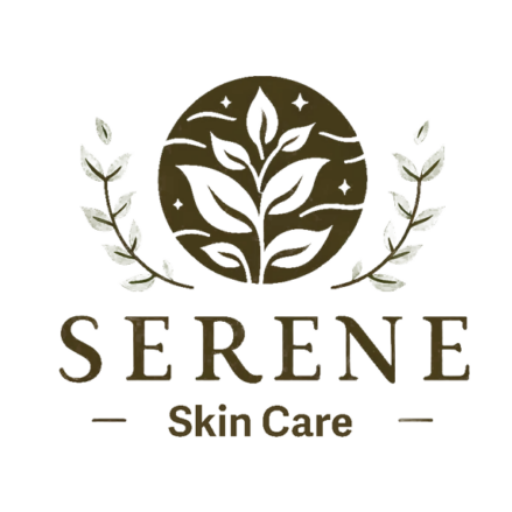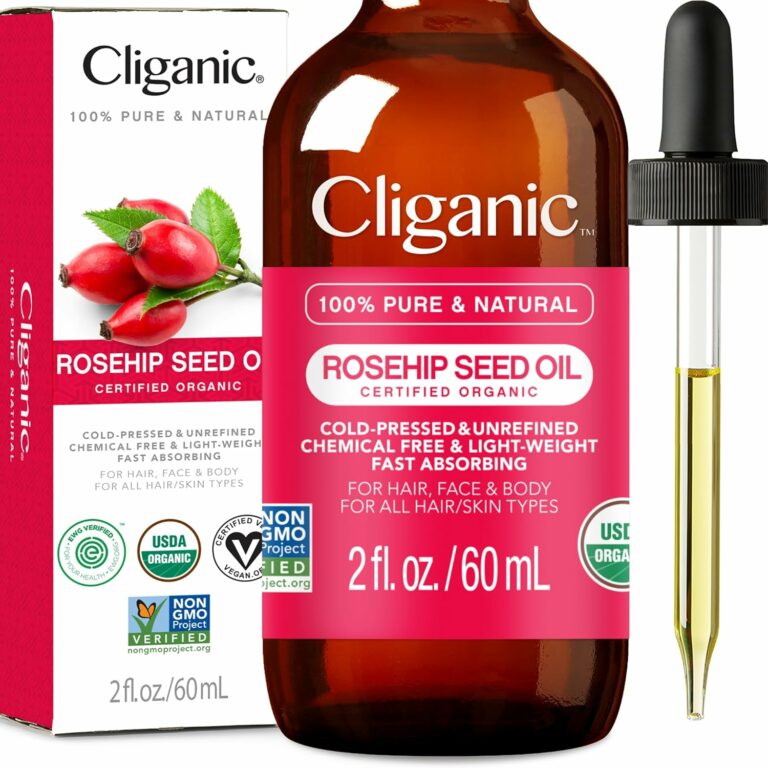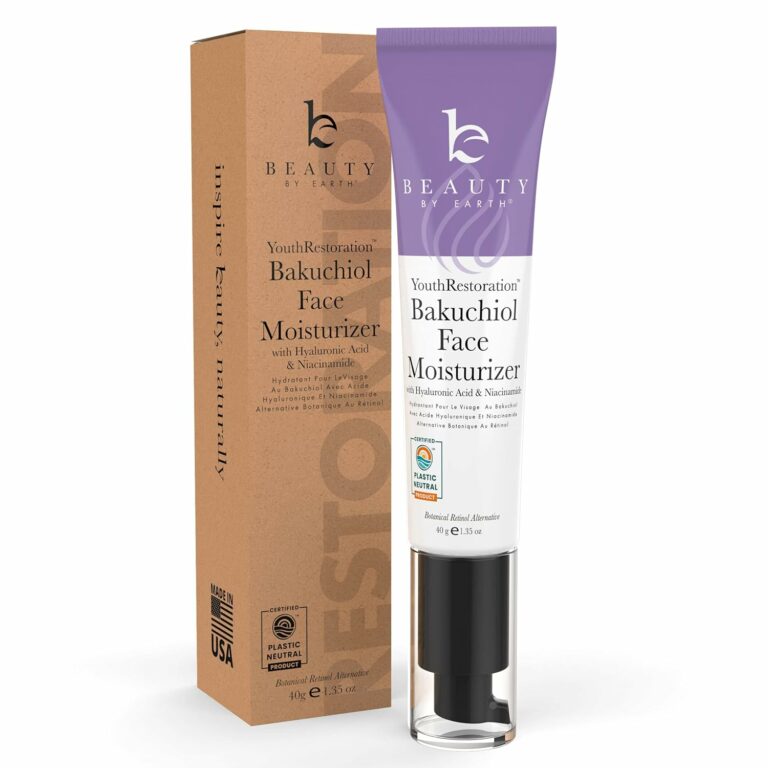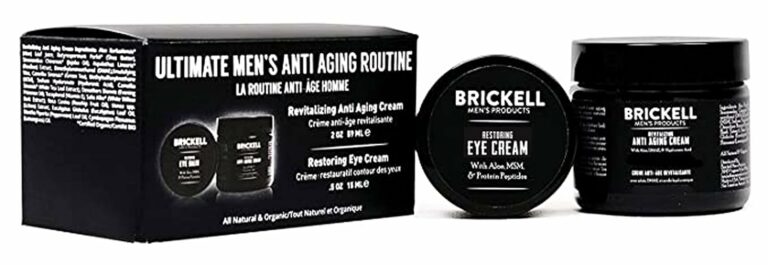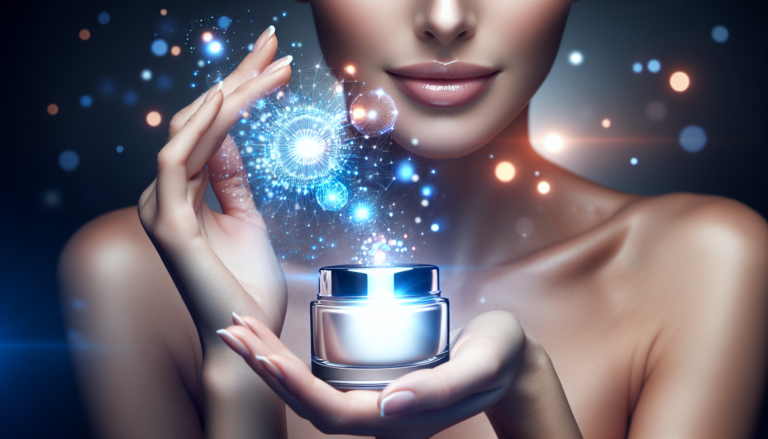Retinoids are a powerful tool in the quest for healthy and radiant skin. Whether you’re dealing with acne, fine lines, or uneven skin tone, understanding how to use retinoids effectively can make a significant difference in your skincare routine. In this article, we will explore the benefits of retinoids and provide essential tips for incorporating them into your daily regimen. So, get ready to unlock the secrets of retinoids and achieve the complexion you’ve always dreamed of!
What are Retinoids?
Definition of Retinoids
Retinoids are a class of chemical compounds derived from vitamin A, which play a crucial role in maintaining healthy skin. They are known for their remarkable ability to improve various skin concerns, ranging from acne to signs of aging. Retinoids are available in different forms, including retinol, retinaldehyde, and prescription-strength options like tretinoin. These compounds work by promoting cell turnover and stimulating collagen production in the skin, leading to smoother, more youthful-looking skin.
Different Types of Retinoids
There are several different types of retinoids available on the market, each with varying strengths and effects on the skin. The most commonly used retinoids in skincare products include:
-
Retinol: Retinol is a mild form of retinoid that is commonly found in over-the-counter skincare products. It is converted into retinaldehyde and then into retinoic acid once it is absorbed by the skin.
-
Retinaldehyde: This form of retinoid is more potent than retinol and is often found in medical-grade skincare products. It requires fewer conversions in the skin to become active, making it more effective.
-
Tretinoin (Retinoic acid): Tretinoin is a prescription-strength retinoid that is widely recognized for its effectiveness in treating acne and reducing the appearance of fine lines and wrinkles. It is the most powerful retinoid available and must be prescribed by a dermatologist.
-
Adapalene: Adapalene is a synthetic retinoid that is commonly used to treat acne. It is less irritating than other retinoids and is available both over-the-counter and with a prescription.
Each type of retinoid has its own unique benefits and considerations, so it is essential to understand them before incorporating them into your skincare routine.
Benefits of Retinoids
Promotes Collagen Production
One of the most significant benefits of using retinoids is their ability to stimulate collagen production in the skin. Collagen is a protein responsible for maintaining the skin’s structure and elasticity. As we age, collagen production naturally decreases, leading to the formation of wrinkles and sagging skin. Retinoids help counteract this by promoting the synthesis of collagen fibers, resulting in firmer and more youthful-looking skin.
Reduces Wrinkles and Fine Lines
Retinoids are well-known for their anti-aging properties. By promoting cell turnover and collagen production, they effectively reduce the appearance of wrinkles and fine lines. Regular use of retinoids can result in smoother, more refined skin texture, diminishing the visibility of age-related concerns.
Improves Skin Texture and Tone
In addition to reducing wrinkles, retinoids can also improve overall skin texture and tone. They work by exfoliating the outermost layer of the skin, eliminating dead skin cells and unclogging pores. This process helps to minimize the appearance of acne, acne scars, and hyperpigmentation, giving the skin a smoother and more even complexion.
Choosing the Right Retinoid
Retinol vs. Prescription Strength
When it comes to choosing a retinoid, one of the first decisions to make is whether to opt for an over-the-counter retinol product or a prescription-strength retinoid. Retinol products, which contain lower concentrations of retinoids, are generally milder and more suitable for individuals with sensitive skin or those new to using retinoids. On the other hand, prescription-strength retinoids, like tretinoin, offer higher efficacy but may also have a higher risk of side effects. Consulting with a dermatologist can help determine which option is best suited for your specific skin concerns and tolerance.
Consideration of Skin Type and Sensitivity
Another crucial factor to consider when choosing a retinoid is your skin type and sensitivity. Some retinoids can be more potent and irritating than others, so it is essential to select a formulation that matches your skin’s needs. Individuals with dry or sensitive skin may benefit from milder retinoids, like retinol or retinaldehyde, while those with oily or acne-prone skin may require stronger options, such as tretinoin or adapalene. It is always recommended to start with a lower concentration and gradually increase as tolerated to avoid potential skin irritation.
How to Use Retinoids
Start with Low Concentration
When incorporating retinoids into your skincare routine, it is crucial to start with a low concentration and gradually increase as needed. This allows your skin to adjust to the active ingredients and reduces the risk of irritation. Begin with a product containing 0.025% to 0.05% retinoid concentration and monitor how your skin reacts. If your skin tolerates it well, you can consider gradually moving up to higher concentrations to maximize the benefits.
Gradually Increase Frequency
Similar to starting with a low concentration, it is also important to gradually increase the frequency of retinoid usage. Begin by using the product once or twice a week and observe how your skin responds. If there is no significant irritation or redness, you can slowly increase the application frequency to eventually use it every other day or even daily. However, it is essential to listen to your skin and adjust the frequency accordingly to prevent overexfoliation or irritation.
Apply at Night
Retinoids are best applied at night as they can increase the skin’s sensitivity to sunlight. Applying retinoids before bed allows the active ingredients to work during the skin’s natural repair and rejuvenation process. In addition, using retinoids at night also reduces the likelihood of potential interactions with other skincare products, ensuring optimal efficacy.
Avoid Sun Exposure
As mentioned earlier, retinoids can increase the skin’s sensitivity to the sun. Therefore, it is crucial to apply sunscreen daily and avoid prolonged sun exposure when using retinoids. Sunscreen not only protects your skin from harmful UV rays but also helps prevent potential sunburns and skin damage that may be exacerbated by retinoid usage. Incorporating this step into your daily routine is essential to maintain the health and integrity of your skin.
Managing Side Effects
Common Side Effects
While retinoids offer numerous benefits, they can also cause some side effects, especially during the initial stages of usage. Some common side effects include dryness, redness, peeling, and increased sensitivity. These side effects usually fade as the skin adjusts to the retinoids, but it is important to be aware of them and take appropriate measures to manage them.
Tips to Minimize Side Effects
To minimize potential side effects associated with retinoid usage, follow these helpful tips:
-
Moisturize: Applying a moisturizer can help combat dryness and minimize potential irritation. Look for a moisturizer with hydrating ingredients like hyaluronic acid or ceramides, and apply it both morning and night.
-
Buffering Technique: If you experience significant irritation, you can try a buffering technique by applying moisturizer before or after the retinoid. This method can help reduce the intensity of the retinoid while still reaping its benefits.
-
Introduce Gradually: As mentioned earlier, it is crucial to introduce retinoids gradually to allow your skin to adjust. This approach can help minimize side effects and allow for a more comfortable retinoid experience.
-
Avoid Harsh Ingredients: When using retinoids, it is best to avoid harsh or potentially irritating skincare ingredients like alcohol, fragrance, or exfoliating acids. These ingredients can exacerbate the skin’s sensitivity and increase the likelihood of side effects.
By implementing these tips, you can effectively manage potential side effects and make your retinoid journey a more pleasant and productive one.
Combining Retinoids with Other Skincare Products
Using Moisturizers
Moisturizers play a crucial role in a well-rounded skincare routine, especially when using retinoids. As retinoids can sometimes cause dryness and irritation, incorporating a moisturizer into your routine can help restore hydration and nourish your skin. Look for moisturizers that are non-comedogenic and formulated with ingredients like hyaluronic acid, shea butter, or ceramides, as these are known for their moisturizing properties. Apply your moisturizer after applying the retinoid to seal in the active ingredients and maximize hydration.
Pairing with Sunscreen
Sunscreen is a non-negotiable step in any skincare routine, and it becomes even more important when using retinoids. As retinoids can increase sun sensitivity, protecting your skin from harmful UV rays is imperative. Opt for a broad-spectrum sunscreen with a high SPF of 30 or above and apply it daily, even on cloudy days. Remember to reapply regularly, especially if you are spending extended periods outdoors.
Avoiding Harsh Ingredients
In addition to moisturizers and sunscreen, it is essential to be mindful of the other skincare products you use alongside retinoids. Some ingredients, such as exfoliating acids or harsh cleansers, can further irritate the skin when combined with retinoids. To avoid potential complications, opt for gentle, fragrance-free cleansers and avoid using additional exfoliating products until your skin has fully acclimated to the retinoid.
Retinoids for Different Skin Concerns
Acne Treatment
Retinoids have long been recognized as highly effective treatments for acne. They work by unclogging pores, reducing inflammation, and regulating sebum production, all of which contribute to the formation of acne. Whether you have mild or severe acne, incorporating a retinoid into your skincare routine can help achieve clearer, blemish-free skin. Over-the-counter options like adapalene or prescription-strength tretinoin are often recommended for acne treatment. However, consulting with a dermatologist can provide personalized recommendations based on your unique skin condition.
Anti-Aging Benefits
Retinoids are renowned for their anti-aging benefits. As previously mentioned, they stimulate collagen production and improve skin texture, resulting in a reduction in the appearance of fine lines and wrinkles. By incorporating retinoids into your skincare routine, you can effectively combat the signs of aging and achieve a more youthful complexion. As with any skincare regimen, consistency is key, and it may take several weeks or even months to notice significant improvement.
Hyperpigmentation Reduction
Retinoids have also shown promise in reducing hyperpigmentation, including dark spots, sunspots, and post-inflammatory hyperpigmentation caused by acne. By increasing cell turnover and exfoliating the outer layers of the skin, retinoids help fade pigmented areas and promote a more even skin tone. It is important to note that hyperpigmentation concerns may require a longer treatment duration, and diligent sun protection is crucial to prevent further pigmentation issues.
Understanding Retinoid Strengths
Percentage vs. Prescription Strength
When it comes to retinoid strengths, two main factors are considered: the percentage of the retinoid in the product and whether it is an over-the-counter option or a prescription-strength retinoid.
Retinol products typically range from 0.1% to 1% concentration and are available over-the-counter. These milder retinoids are suitable for individuals new to retinoid usage or those with sensitive skin. Although less potent, they can still deliver noticeable results with consistent usage.
Prescription-strength retinoids, such as tretinoin, vary in strengths ranging from 0.01% to 0.1%. These formulations require a prescription from a dermatologist and are generally more effective in treating specific skin conditions like acne or severe signs of aging.
Choosing the Right Strength for Your Needs
Choosing the right retinoid strength depends on your specific skincare concerns and skin tolerance. If you are new to retinoids, it is advisable to start with lower concentrations, such as 0.1% retinol, to allow your skin to acclimate. Gradually increase the strength as needed or as directed by a dermatologist. Prescription-strength retinoids may be recommended for more advanced concerns or if over-the-counter options are not yielding the desired results. Ultimately, finding the right retinoid strength may require some trial and error, but consulting with a skincare professional can help guide you in the right direction.
Tips for Retinoid Beginners
Perform a Patch Test
Before incorporating a new retinoid product into your skincare routine, it is always recommended to perform a patch test. This involves applying a small amount of the product to a discreet area of your skin, such as behind your ear or on your inner forearm, and monitoring for any adverse reactions. If redness, itching, or irritation occurs, it may indicate a sensitivity to the retinoid, and you should discontinue use or consult a dermatologist for further guidance.
Start Slowly
When using retinoids for the first time, it is crucial to start slowly to allow your skin to adjust. Begin with a low concentration applied once or twice a week, then gradually increase the frequency and strength as tolerated. Rushing into high concentrations or daily usage can increase the likelihood of skin irritation and negate the potential benefits of the retinoid.
Be Patient
Results from retinoid usage are not immediate and may take several weeks or even months to become apparent. It is essential to remain patient and consistent with your skincare routine to see the desired improvements. Continuously using retinoids over an extended period will yield the best results, so do not get discouraged if you do not see immediate changes.
Consulting a Dermatologist
Recommendations for Seeking Professional Advice
While retinoids are widely available over-the-counter, it is still highly recommended to seek professional advice from a dermatologist. A dermatologist can assess your skin concerns, recommend the most suitable retinoid product, and provide guidance on how to incorporate it into your skincare routine. They can also monitor your progress and adjust your treatment plan if necessary. If you have specific skin conditions or concerns like acne, rosacea, or severe signs of aging, a dermatologist’s expertise is invaluable in ensuring optimal results and minimizing potential risks.
Monitoring Progress with a Dermatologist
Regular visits to a dermatologist while using retinoids can help monitor your progress, address any concerns or side effects, and adjust your treatment plan accordingly. They can assess your skin’s response to the retinoid and provide personalized recommendations to optimize your results. Collaboration with a dermatologist is especially crucial if you are using prescription-strength retinoids, as they require close supervision to ensure both safety and efficacy.
In conclusion, retinoids are exceptional skincare ingredients with multiple benefits for various skin concerns. Understanding the different types of retinoids, choosing the right strength, and properly incorporating them into your skincare routine are key to achieving optimal results. By following the tips mentioned above and consulting with a dermatologist, you can effectively use retinoids to enhance your skin’s health and appearance. Remember, consistency and patience are key when it comes to retinoid usage, so embrace the journey and enjoy the transformation of your skin.
